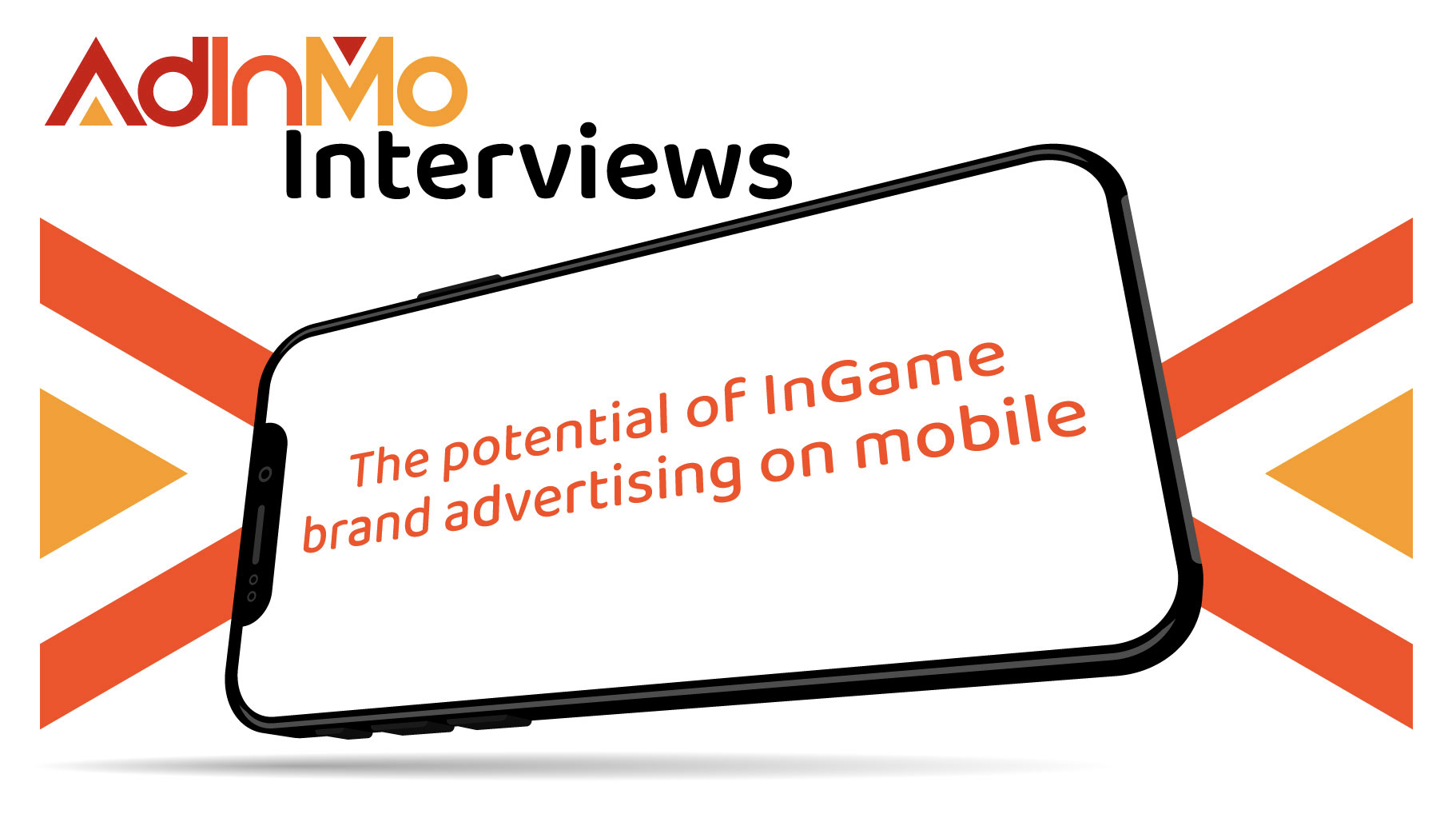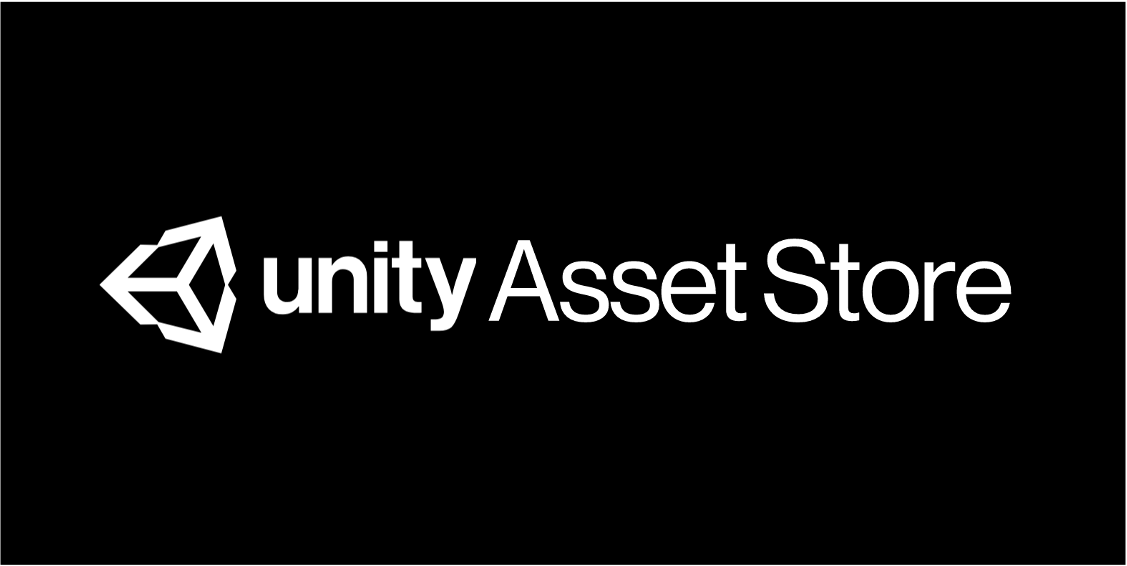Why In-Game Advertising Sucks

In-game advertising sucks. That’s not news, but it bears repeating. It doesn’t just suck in the same way that, say, dodgy used car salesmen or “cheese-flavored product” do either, where one party profits wildly while the rest of us get shafted. It’s as frustrating for advertisers as it is for developers, and gamers are equally jaded. In other words, in-game advertising sucks for everyone.
For the rest of this article, we’ll be flagging up the people affected by each point as we go. Look out for the following indicators:
- Developers (????)
- Advertisers (????)
- Gamers (????)
Why Does It Suck?
The ‘cons’ list for in-game advertising runs longer than the Iliad but, for the sake of brevity, we’ve broken it down to broad themes.
Identity Crisis (????, ????, ????)
The first thing to say is that in-game advertising, in its typical forms, is misnamed. Interstitials, offerwalls and incentivized video ads all disrupt gameplay and yank players out of the gameworld for the duration of the ad. These typical formats would be better known as ‘on-game’ or ‘extra-game’, because they exist as ill-fitting bolt-ons to the games they dilute. Interrupting game flow annoys players, increases the likelihood of churn, and impacts negatively on the brand/product being advertised. It’s almost impressive that one little ad placement could cause so much trouble for everyone involved. Almost.
Extra Work, Extra Weight (????, ????)
As a developer, the misery really begins once you’ve decided to bite the bullet and integrate ads into your game. As ruefully noted by our friends over at TinyBit studios, integrating third-party ad networks can be an extremely laborious process that takes weeks of development effort. These integrations massively bloat a game’s build size – occupying more storage space, extending load times and increasing lag/texture popping. When the typical end result is higher churn and worse app store ratings, what’s the point?
Networks Not Working (????, ????)
Having just about survived integration, developers face more network headaches. Without full visibility or control over which in-game ads are served, you can’t guarantee the most valuable or appropriate content for your players. Even worse, networks don’t successfully serve an ad every time they’re prompted to do so. The most common reasons for failed ad requests are:
- Developers being unwilling to serve ads offering below a specified eCPM
- Advertisers reaching the limit of their budget
- Networks having an excess of publishers and not enough advertisers
Some industry estimates put average fill rate of digital ads as low as 25%, and that helps just about nobody.
Trade-offs and Compromises (????, ????, ????)
Dealing with traditional digital advertising formats, where clickthrough is King and attribution his Queen, developers have always had to deal in compromises. The ads that offer the best eCPM are the ones that convince players to engage – the ones that are most disruptive to game flow, most likely to end a session, and most likely to cause churn. It should come as no surprise that the highest-performing ads in an given game are often for similar ‘competitor’ games – players interact with what appeals to their personal preferences.
For developers, using in-game ads means navigating an eternal tension between keeping their players and losing them to ads effective enough to earn decent money. When they are understandably timid with their strategy, everyone loses: players have to sit through irrelevant ads, developers make paltry revenues, and advertisers’ acquisition suffers.
Dealing with traditional digital advertising formats, developers have always had to deal in compromises. The ads that offer the best eCPM are the ones that convince players to engage and players interact with what appeals to their personal preferences. As a result, the highest-performing ads in a given game are often for similar ‘competitor’ games.
Here comes the problem. Using in-game ads that are effective enough to make money inevitably causes churn, but blacklisting those ads is just as unhelpful. Ineffective ads frustrate players, make paltry revenues for developers, and damage advertisers’ acquisition.
An Alternative Option (????, ????, ????)
Now that you’re in total despair over the state of in-game advertising, it’s time for the redemptive denouement. There’s another way! AdinMo’s dynamic ads sidestep all of the problems listed above to provide a truly effective and non-invasive advertising experience, the first that’s truly ‘in-game’.
- Hosted on textures native within the gameworld, AdinMo ads hit players at their most engaged without ever disrupting gameflow.
- Integrating the AdinMo SDK could not be simpler – we’ve had clients get themselves up and running in 7 minutes!
- AdinMo integrations are trivial in build size, causing no impact to game performance.
- AdInMo’s CPMs and revenue shares are fair and transparent to advertisers and developers.
- Operating under a more traditional brand-awareness style model, AdinMo ads do not risk churn or abandonment by inviting clicks and directing players out of session.
The Future of In-Game Advertising
It looked bleak for a while there, but we can finally revise the message:
In-game advertising sucks, but it doesn’t have to.
We’ve thrown out the stuff that makes in-game ads frustrating, ineffective, and problematic. Our ads work for everybody so, if you’re a player, get excited for the new era of ad-integrated experiences. If you’re and advertiser or developer, get in touch.
More…
YT Branding Group – Ad measurement was great; now it’s a curse
Interview with Yvonne Tocquigny, partner at TY Branding Group “Half the money I spend on advertising is wasted; the trouble is I don't know which half”. This sentence, attributed to department store owner John Wanamaker, has become a legendary comment on the...
AdInMo SDK launches on the Unity Asset Store
New Design Clinic invites developers to benchmark InGamePlay Brand Advertising monetization potential AdInMo’s InGamePlay™ brand advertising SDK from is now available to all mobile game creators via the Unity Asset Store, the global marketplace where game developers...
February Developer Shoutout
Each month we want to give kudos to our developer community. Mobile games development is a fine balance between designing the best games, keeping players happy and paying the bills. We get it. These are the developers pioneering the use of immersive ads in their games...




